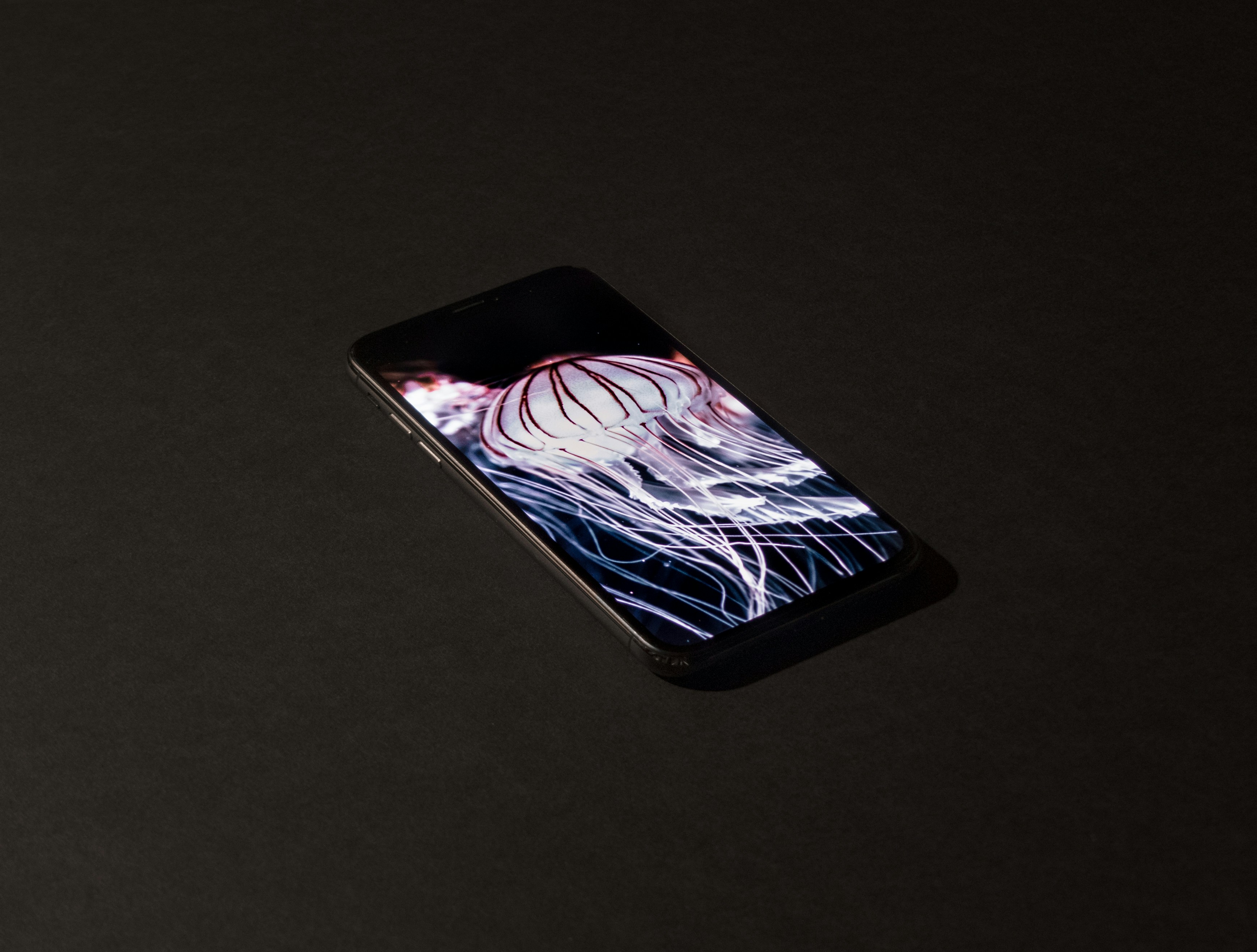Redefining VR: The Exciting Future of Virtual Reality
Virtual Reality (VR) is no longer a mere product of science fiction. It's here, and it's changing how we interact with digital content. This article delves into the past, present, and future of VR, exploring its evolution, current developments, and potential impact on various industries.

A Journey Through Time: The Genesis and Evolution of VR
The concept of VR traces back to the 1960s, with the creation of the “Sensorama” machine by Morton Heilig and the development of the first head-mounted display (HMD) by Ivan Sutherland. Over the years, VR technology has undergone significant evolution, with notable improvements in computational power, graphics, and user interfaces. Today, VR is no longer confined to the realm of research labs and high-tech companies but has begun to infiltrate mainstream consumer markets.
The Shift in Gear: Current VR Innovations
While VR headsets like Oculus Rift and HTC Vive have revolutionized the gaming industry, the potential of VR extends far beyond entertainment. Tech giants such as Google and Microsoft are exploring VR applications in education, healthcare, and real estate. Google’s Expeditions program, for instance, uses VR to provide immersive, educational experiences for students, while Microsoft’s HoloLens is being used to assist surgeons in complex medical procedures.
The Price of Progress: Cost Implications of VR Technology
The cost of VR technology varies greatly, depending on the complexity and functionality of the device. Entry-level, smartphone-based VR headsets can be purchased for less than $100, while high-end, standalone devices like Oculus Quest 2 retail for approximately $300. However, as the technology continues to evolve and become more mainstream, prices are expected to become more affordable.
VR and the Market: Industry Impact and Future Projections
Industry experts predict that the global VR market will reach $57.55 billion by 2027, driven by increased demand in gaming, healthcare, and training sectors. With the advent of 5G and advancements in haptic feedback technology, the VR experience is expected to become even more immersive and realistic. Moreover, VR has the potential to transform remote work, providing a more engaging and interactive platform for collaboration and communication.
The Road Ahead: What’s Next for VR?
The future of VR is exciting and full of possibilities. As technology improves, we can expect to see more realistic graphics, better motion tracking, and more immersive experiences. Additionally, the integration of VR with AI and the Internet of Things (IoT) will further enhance the user experience, opening up new avenues for innovation. However, challenges remain, such as reducing motion sickness and improving battery life, which will require ongoing research and development.
In conclusion, VR is a powerful and transformative technology that is redefining how we interact with digital content. As we continue to explore its potential, the boundary between the virtual and real world will continue to blur, opening up exciting new possibilities for the future.




